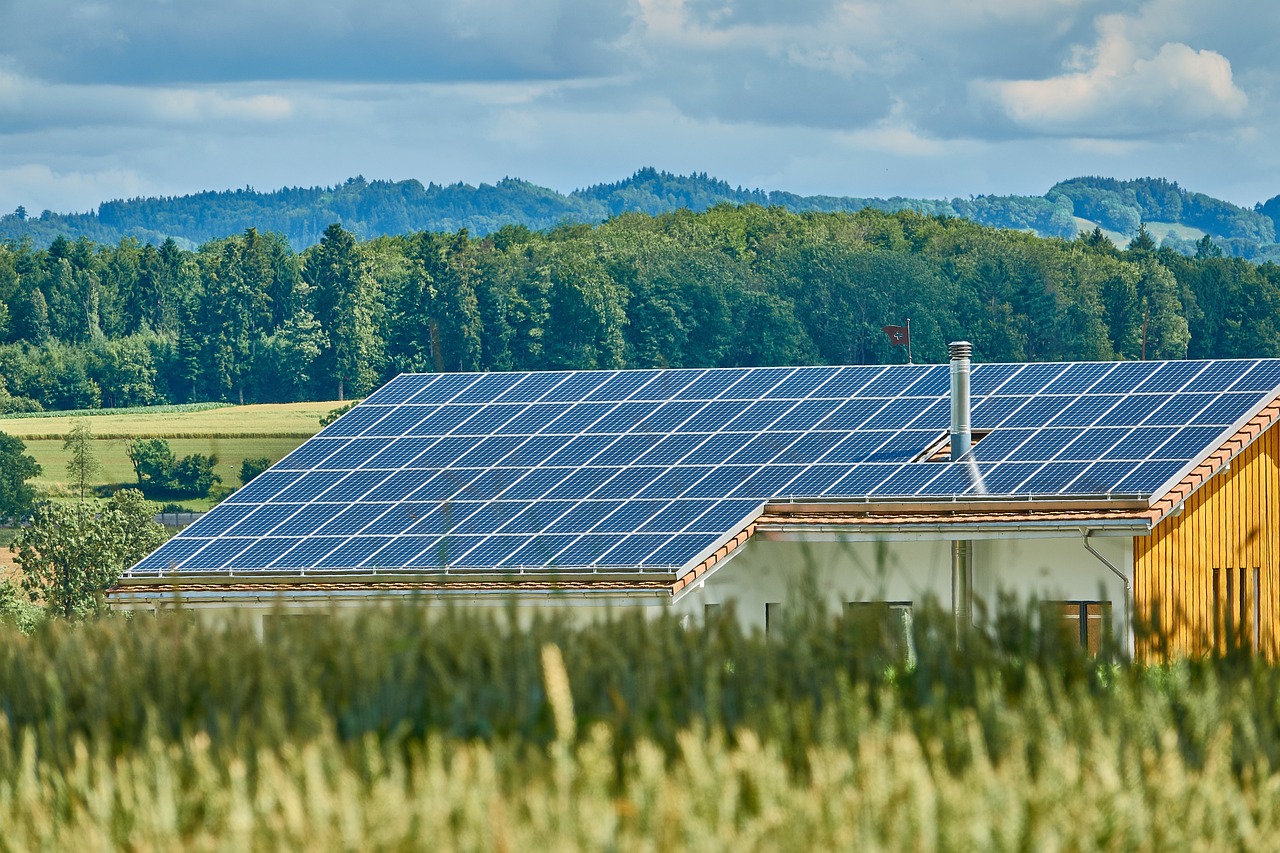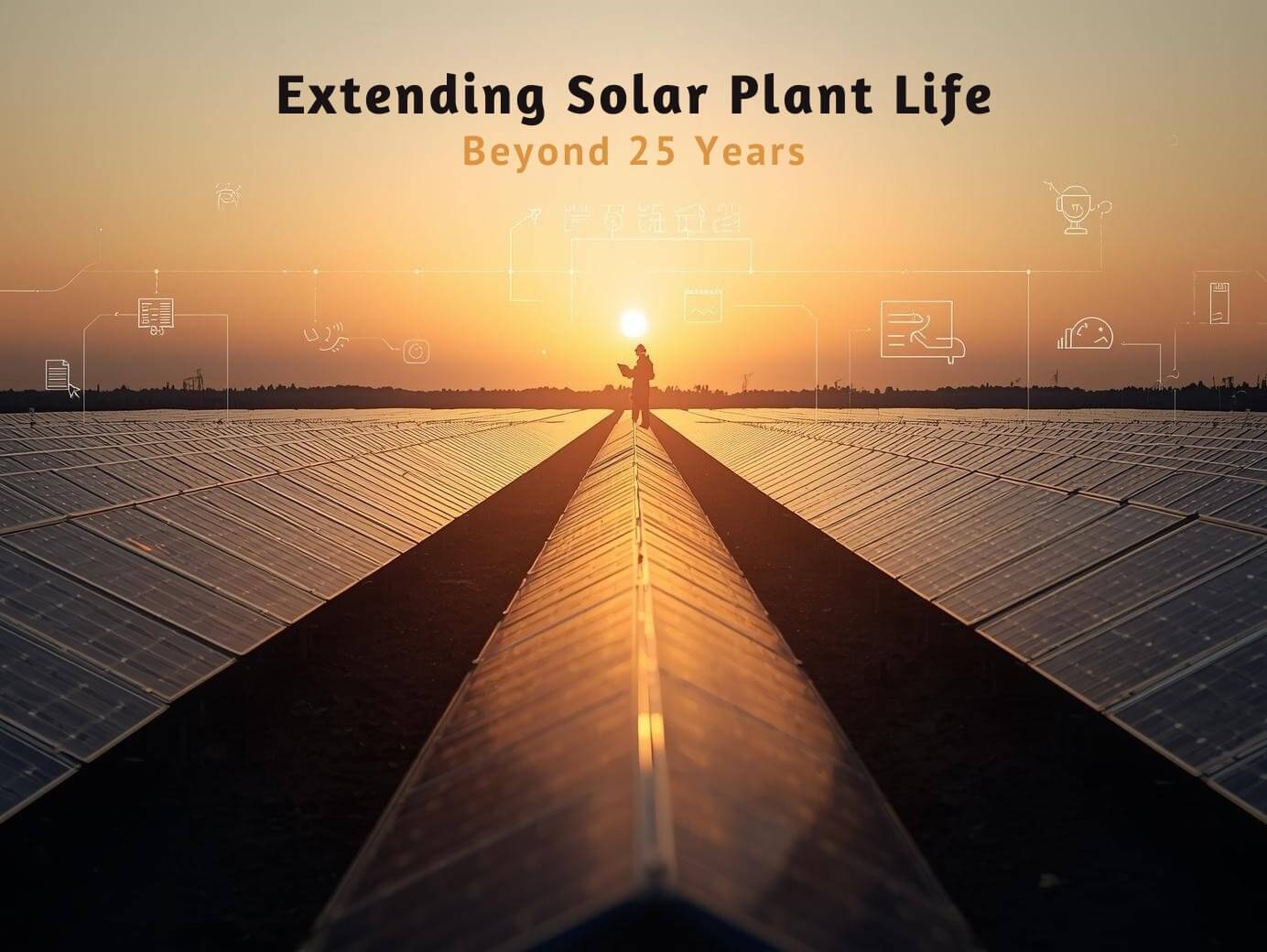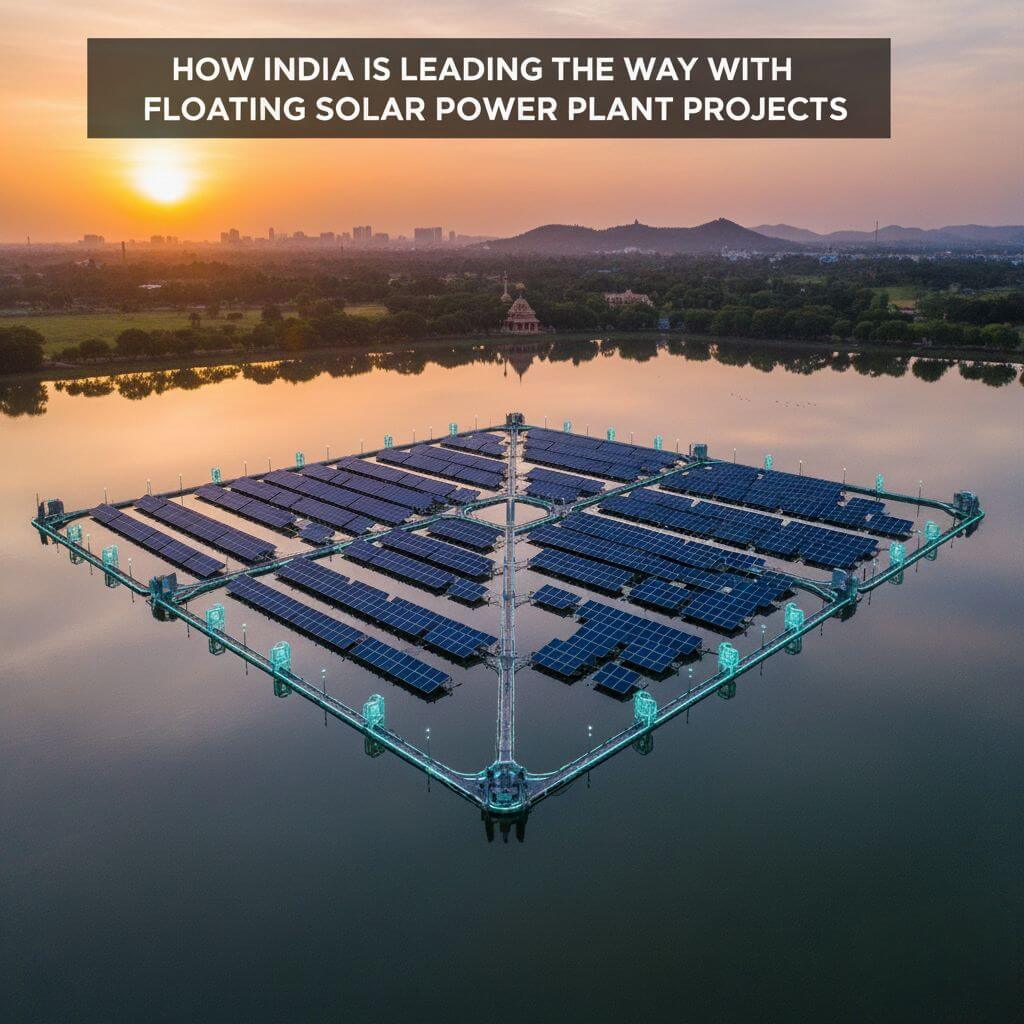Rooftop Solar vs. Utility-Scale Solar: Pros and Cons
rooftop vs Utility-Scale Solar
As India continues its push towards renewable energy adoption, both rooftop solar and utility-scale solar power plants are playing a crucial role. But which option is better suited for households, businesses, and communities across the nation? In this blog, we’ll explore the pros and cons of these two solar energy solutions.
Rooftop Solar Systems
Rooftop solar photovoltaic (PV) systems involve installing solar panels on the roofs of residential, commercial, or industrial buildings. These systems can range from small-scale installations for individual homes to larger setups for factories, office complexes, and other facilities.
Pros of Rooftop Solar:
- Distributed Generation: Rooftop solar enables distributed generation, reducing reliance on the central grid and transmission losses associated with long-distance power delivery.
- Lower Environmental Impact: Rooftop solar has a relatively lower environmental impact compared to large utility-scale plants, as it doesn’t require extensive land acquisition or habitat disruption.
- Net Metering Benefits: In many states, net metering policies allow solar owners to sell excess electricity back to the grid, offsetting their energy costs.
- Energy Independence: With rooftop solar, consumers gain greater energy independence and control over their electricity costs.
Cons of Rooftop Solar:
- Space Constraints: The available rooftop area can limit the size of the solar system, reducing its potential energy generation capacity.
- Shading Issues: Surrounding buildings, trees, or other obstructions can cast shadows on the panels, decreasing their efficiency.
- Upfront Costs: Installing rooftop solar systems requires a significant upfront investment, although costs have been declining steadily.
- Maintenance Challenges: Periodic cleaning and maintenance of rooftop panels can be more challenging compared to ground-mounted systems.
Utility-Scale Solar Power Plants
Utility-scale Solar power plants, also known as solar farms or solar parks, are large-scale grid-connected PV systems that generate electricity for distribution across the grid. These installations span vast areas of land and can produce enough power to meet the energy demands of entire cities or regions.
Pros of Utility-Scale Solar:
- Economies of Scale: Large-scale solar plants can benefit from economies of scale, making electricity generation more cost-effective.
- Centralized Generation: Utility-scale solar allows for centralized generation and distribution of electricity across the grid.
- Land Availability: These plants can be constructed in remote areas with abundant sunlight and available land, maximizing energy production.
- Advanced Technologies: Utility-scale solar plants often incorporate cutting-edge technologies, such as tracking systems and concentrated solar power (CSP), improving efficiency.
Cons of Utility-Scale Solar:
- Land Acquisition Challenges: Securing large tracts of land for solar farms can be challenging, particularly in densely populated areas.
- Environmental Concerns: Large-scale solar plants can impact local ecosystems, habitats, and water resources if not properly managed.
- Transmission Losses: Electricity generated at utility-scale plants must be transmitted over long distances, resulting in energy losses.
- Intermittency: Like all solar power systems, utility-scale plants are subject to the intermittency of sunlight, requiring energy storage or backup sources.
Navigating the Policy Landscape
As India continues to promote renewable energy adoption, policymakers have introduced various incentives and regulations that impact the growth of both rooftop solar and utility-scale solar projects. Understanding these policies is crucial for stakeholders considering either option.
For rooftop solar systems, net metering policies have played a vital role in driving adoption. Net metering allows solar system owners to sell excess electricity back to the grid, effectively offsetting their energy costs. Several states, including Gujarat, Andhra Pradesh, and Tamil Nadu, have implemented favourable net metering regulations, making rooftop solar more financially attractive for households and businesses.
Hybrid Approaches and Energy Storage
As the solar industry continues to evolve, innovative hybrid approaches that combine rooftop solar and utility-scale solar with other renewable sources and energy storage technologies are gaining traction. These hybrid systems can help address the intermittency of solar power and improve grid stability.
For instance, rooftop solar systems can be coupled with battery storage solutions, allowing households and businesses to store excess energy for use during peak demand periods or grid outages. Similarly, utility-scale solar plants can incorporate energy storage systems, such as battery banks or pumped hydro storage, to enhance reliability and provide dispatchable power.
Additionally, hybrid projects that integrate solar power with wind energy or other renewable sources can leverage complementary generation profiles, resulting in a more consistent and reliable energy supply.
As India continues its pursuit of clean energy goals, embracing a diverse range of solar solutions, supportive policies, and innovative technologies will be crucial in achieving a sustainable and secure energy future.
Choosing the Right Solution
The choice between rooftop solar and utility-scale solar often depends on specific energy needs, available resources, and local policies. For households and small businesses, rooftop solar systems offer a convenient and increasingly affordable solution for on-site electricity generation and potential cost savings.
On the other hand, utility-scale solar power plants are better suited for meeting the energy demands of cities, industrial parks, and larger communities. These large-scale installations can leverage economies of scale and advanced technologies to generate electricity more efficiently and cost-effectively.
Ultimately, a balanced approach that combines both rooftop solar and utility-scale solar power, along with other renewable energy sources, may be the key to achieving India’s ambitious clean energy goals.
Waaree is a leading solar PV manufacturer and provider of renewable energy solutions in India. With over three decades of experience, Waaree has successfully commissioned projects across the country, catering to a diverse range of clients, from residential homeowners to large-scale utilities. Waaree’s commitment to innovation, quality, and sustainability has solidified its position as a trusted partner in driving India’s renewable energy transition.
Post a comment
You must be logged in to post a comment.





